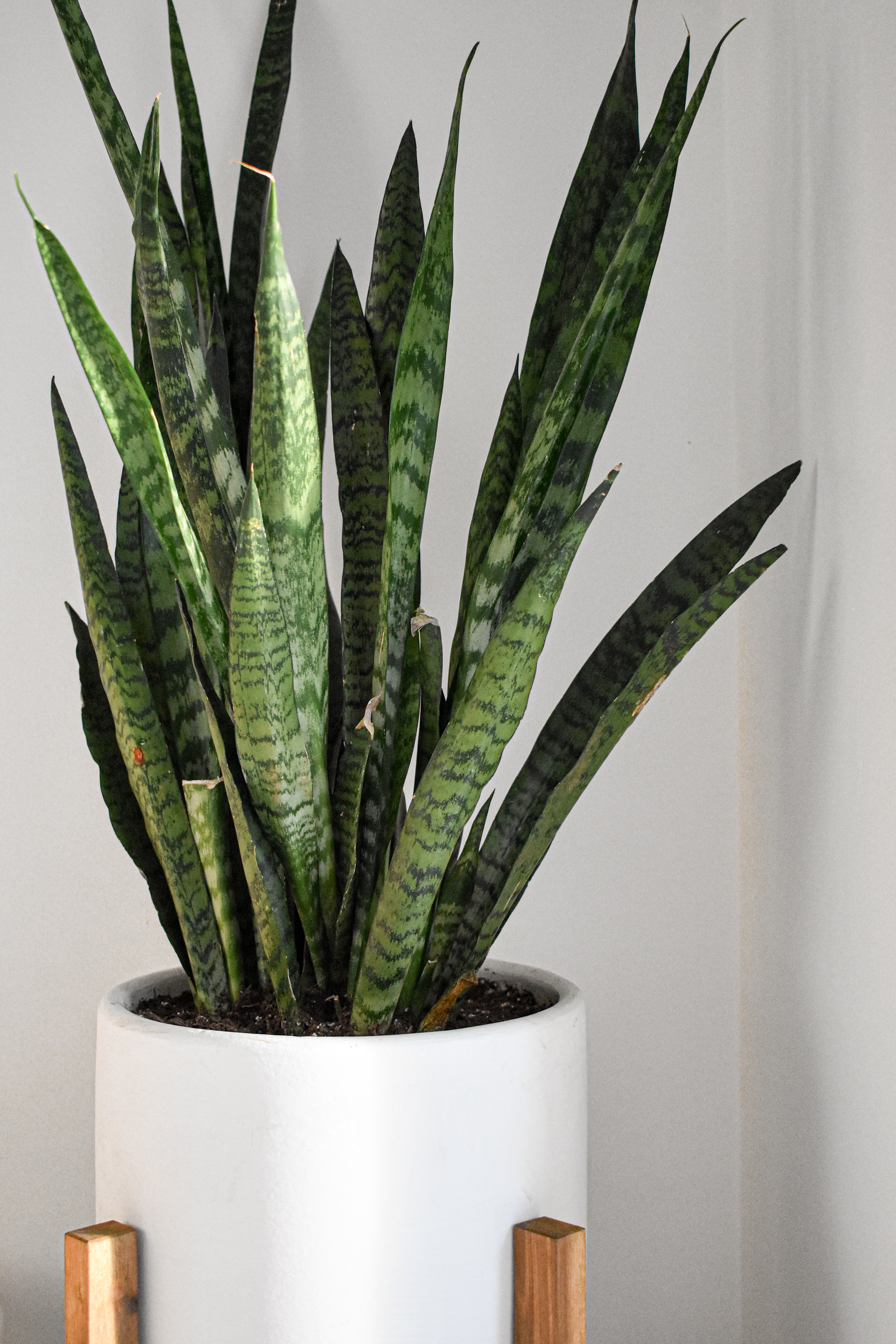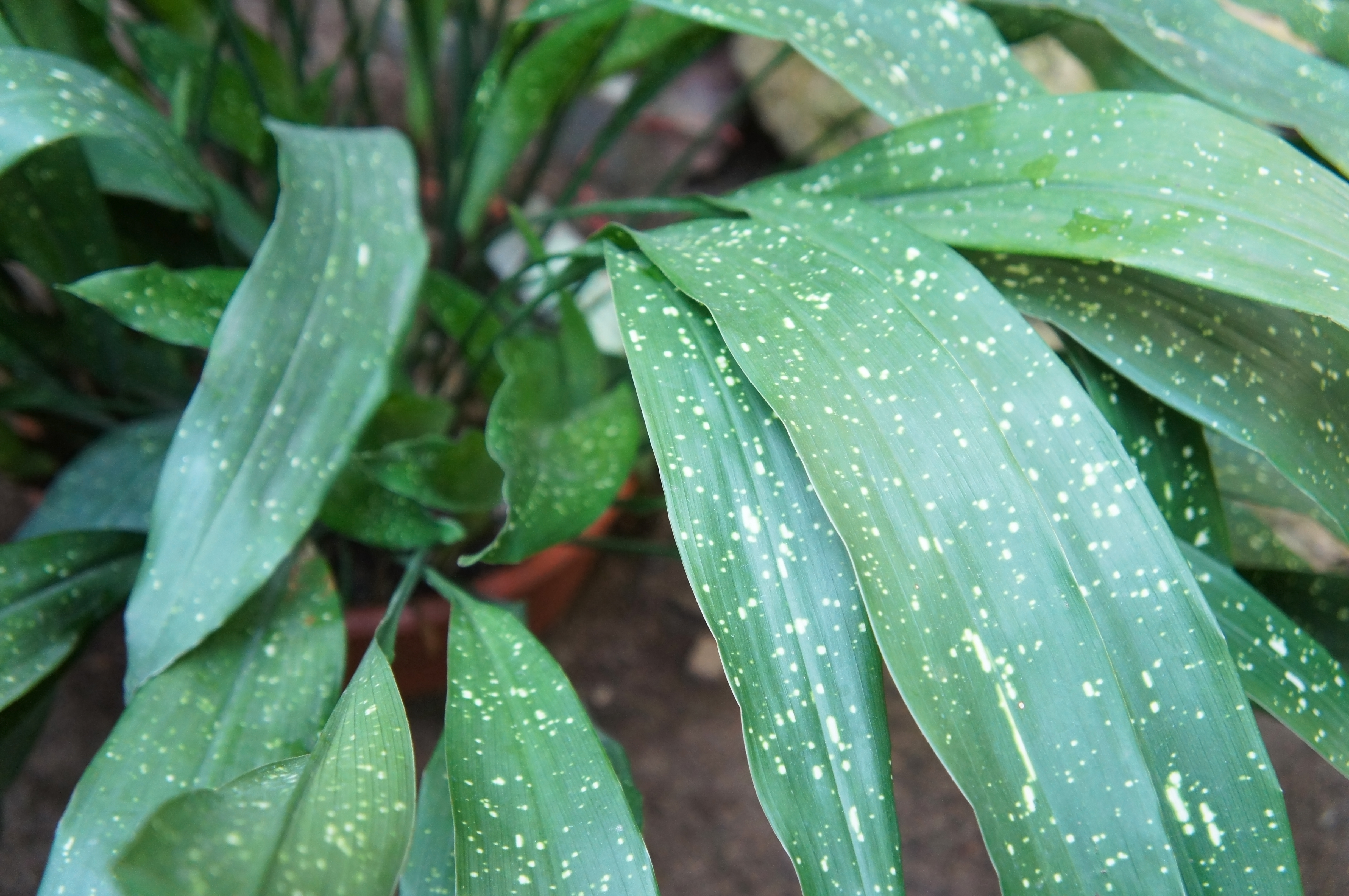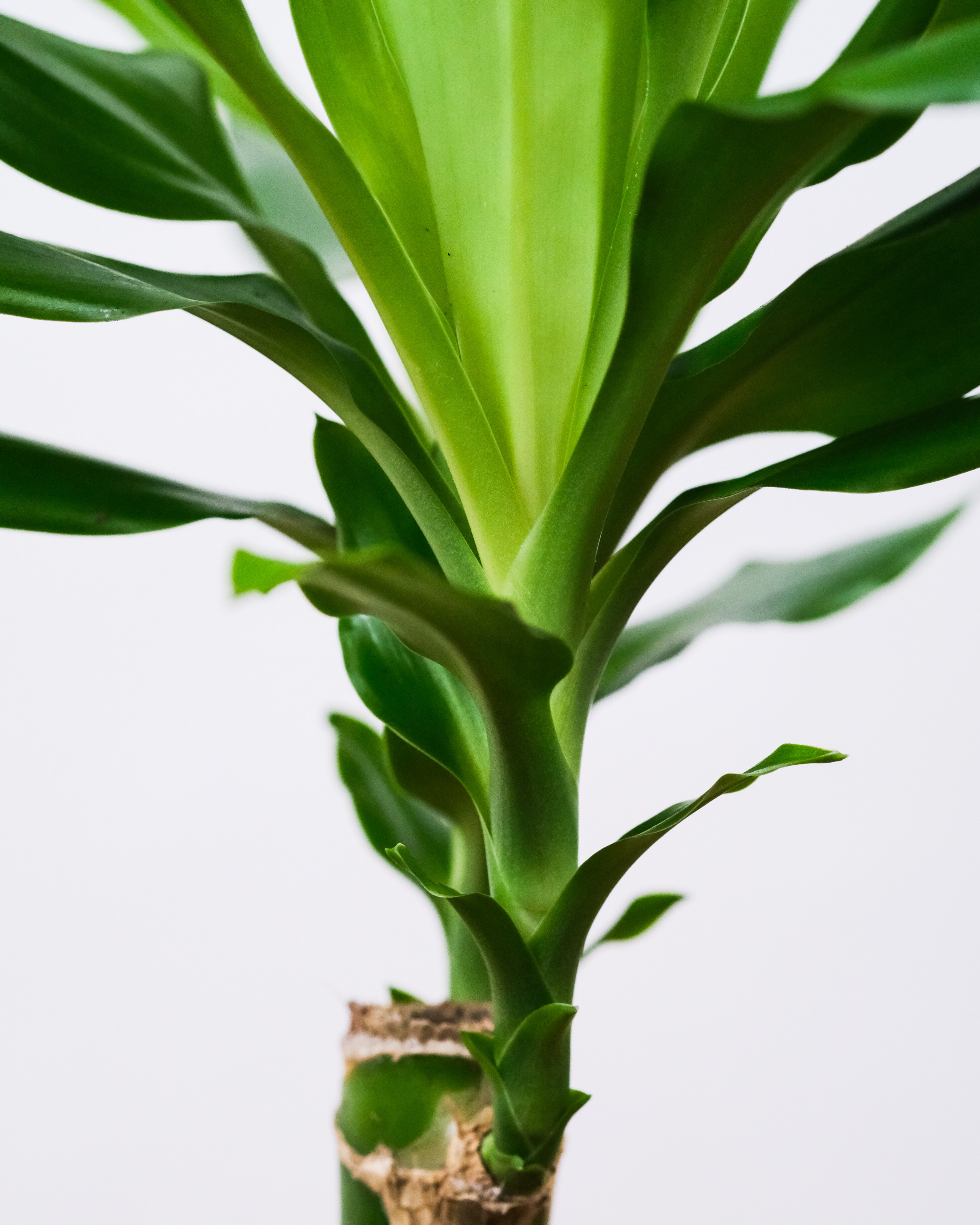Being a plant owner is incredibly rewarding, but it takes a lot of work, too! If you’re someone who wants to grow your houseplant collection but isn’t thrilled about the increased workload that usually comes with it, these six plants are necessities for your home.
Ranked in order from easiest to care for to also pretty easy to care for, these low maintenance lowlight houseplants are the key to more plants for less work.
1) Snake Plant

The snake plant has taken over recently as the ideal houseplant. It’s incredibly tolerant of neglect and lowlight conditions. You can forget it needs care for weeks at a time, and it will survive.
Snake plants like indirect sunlight, just a little bit of water, and some fertilizer if you care to feed them. There are over 70 different kinds of snake plants, and some stay small (about 8 inches) while others grow into 12-foot monsters! So, just know what you’re buying before you bring it home.
2) The ZZ Plant

The ZZ plant, so named because of its impossible name, the Zamioculcas zamiifolia, is an incredibly popular plant—you’ve probably seen it on Instagram at least or once or twice.
The ZZ plant is a great low maintenance plant because it tolerates neglect well, including drought (even the human-made kind), and it’s happy in lowlight conditions. It’s a slow grower that doesn’t need repotting often, and it’s gorgeous!
If you don’t have a ZZ plant in your collection yet, it’s time to get one. But beware, the ZZ plant is not safe for pets or kids. And you should always wash your hands after touching them.
3) Pothos Plants

Pothos are hailed as great beginner houseplants because they are versatile and not very needy. In fact, if you kill your pothos, it’s probably because you overwatered it. Pothos are low maintenance and can tolerate low light conditions—but they can also tolerate bright light conditions.
When grown in bright light, the pothos will start to variegate (get white stripes). If your pothos has a lot of white and not a lot of green, it might struggle after being moved to unfamiliar lowlight conditions.
Pothos can grow in water or soil, which further emphasizes they are not picky plants. Also, pothos are toxic to kids and pets, but it’s unlikely to kill anyone.
4) Cast Iron Plants

Formally known as Aspidistra elatior, the cast-iron plant is basically indestructible. Calling the cast-iron plant a lowlight plant is putting it lightly. These plants tolerate deep shade—and bugs are rarely interested in them.
To care for the cast-iron plant, you just need to water it when the soil dries out and fertilize it a few times a year.
To avoid killing this unkillable plant, do not put it in direct sunlight, remember to water it, and fertilize it once a month.
5) Monstera Deliciosa

Monsteras are some of the most beautiful houseplants you can own because of their unique leaf designs with natural holes. The name Monstera deliciosa actually translates to the delicious monster because they produce huge, yummy fruits when grown outdoors (indoor houseplants rarely flower or fruit).
Monstera deliciosa like bright to medium indirect sunlight, which means they tolerate lowlight conditions well, but they still need some sunlight. Expect to water your monstera once every 1-2 weeks. Although these are easy, low maintenance houseplants, some of the other options may be better if you struggle to keep your plants alive.
And to ensure your pets stay alive, keep them away from your monstera.
6) Dracaena

Dracaena plants are the most difficult to care for on this list of low maintenance plants. If you want a bit more of a challenge, choose this plant which looks like a tiny tree. They like well-draining soil that is usually moist but never soggy (yellow leaves mean you’re watering it too much).
They also like to be fed once every two weeks in spring and summer, less in the fall, and none at all in the winter. Dracaena prefer brightly filtered light, which means a sunny window with a sheer curtain is the perfect place for them.
Oh, and dracaena is toxic to cats and dogs, so don’t let your pets eat it!



